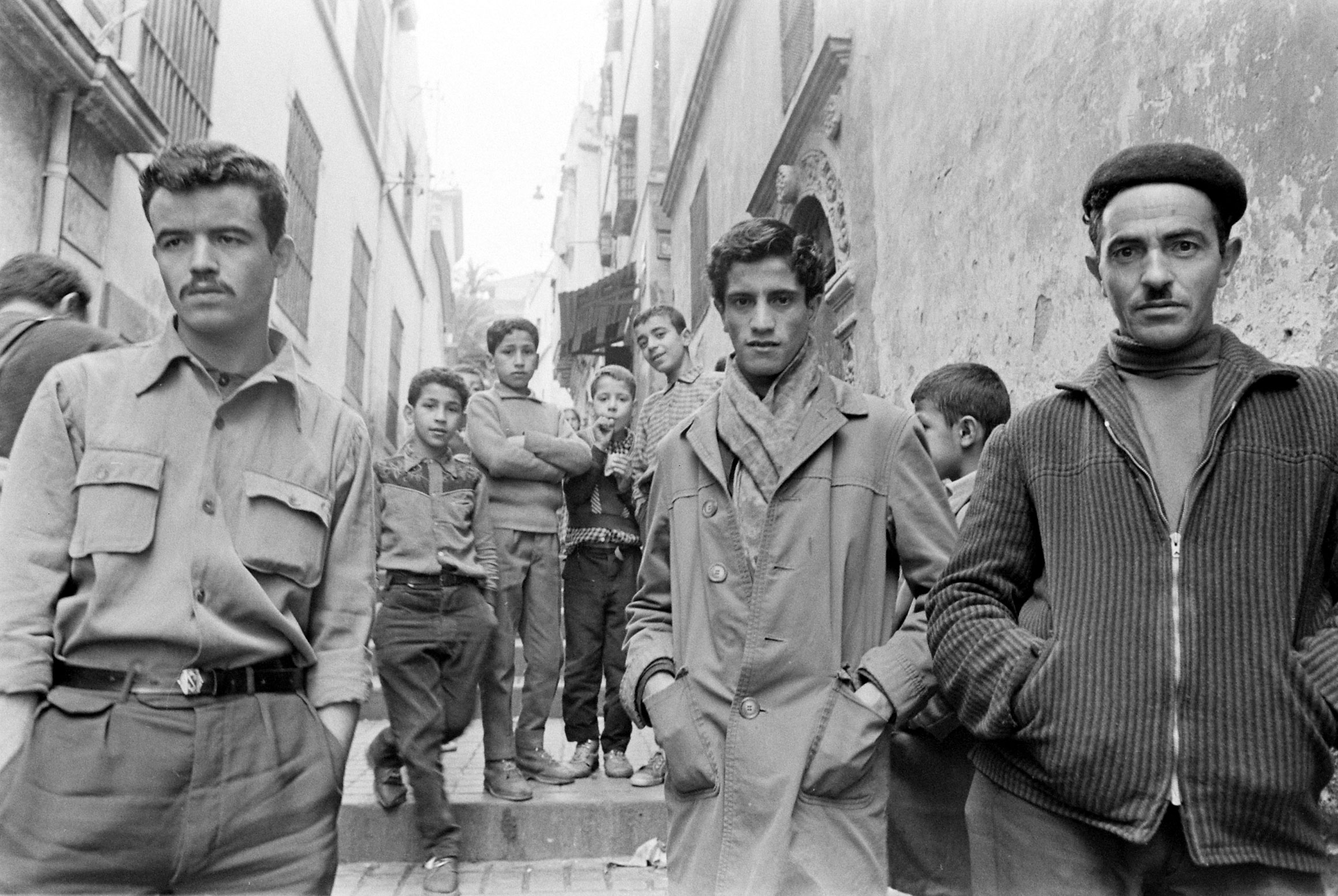
It’s not difficult to situate the horrific massacres in Paris last week— which claimed the lives of 17 victims — within the broader context of terrorism carried out by Islamic extremist groups like al-Qaeda and the Islamic State of Iraq and greater Syria (ISIS). But there’s another context in which the attacks should be understood, and it dates back to the 1950s and early ‘60s, when the Algerian War had France fighting to maintain its colonial hold on the North African country, and Algeria fighting for independence.
The chaotic scenes last week echoed a history of violence between the French and the Algerian Muslims who lived under Paris’s rule for more than a century. In the words of Robert Fisk, Middle East correspondent for The Independent, “the desperate and permanent crisis in Algerian-French relations” is “like the refusal of a divorced couple to accept an agreed narrative of their sorrow.” Though the Algerian War took place in the middle of the 20th century, its foundation was laid by the 19th century French invasion of Algeria, which was followed by efforts to convert the Muslim population to Christianity. French rule fomented a growing resentment among Algerians that in the 1950s would escalate to revolt.
Though exact death tolls don’t exist, there are estimates that hundreds of thousands to more than a million Algerian Muslims died in the war, with tens of thousands of French military and civilians perishing in the conflict. The peace that followed the ceasefire in 1962 was, as Fisk puts it, “a cold peace in which Algeria’s residual anger, in France as well as in the homeland, settled into long-standing resentment.” Many of the hundreds of thousands of people of Algerian descent living in France today are poor and feel the specter of discrimination in government policies like the 2010 ban on face coverings.
In March 1962, LIFE photographer Paul Schutzer was on the scene in Algiers as the Algerian War came to an end with a tenuous ceasefire and a path to Algerian self-determination. Part of that city witnessed jubilant celebration—a truce had finally been reached between French President Charles de Gaulle and the Muslim-led National Liberation Front. But in other corners of town, a gruesome massacre was underway, as a group of French army officers called the Organisation de l’armée secrète (O.A.S.) in favor of French rule in Algeria killed innocent Muslims in a last-ditch effort—a mutiny of sorts—to thwart independence.
LIFE explained the motivations of the O.A.S.:
A cynical hope underlay the O.A.S. attacks: if by killing innocent people the O.A.S. could provoke all-out communal war, sympathetic elements of the French army might throw in with the Algerian Europeans against the Moslems and even against De Gaulle. But this wretched hope was in vain; retaliating, the French forces boldly struck, while air force jets strafed O.A.S. sniper positions. De Gaulle, “Le Grand Charlie,” had spoken.
The photographs above capture both the celebration and the bloodshed that coincided on the streets of Algiers as one historical chapter ended and another began. And the paradox Schutzer captured on that day — the intersection of violence and peace and a new and complicated independence—reverberates even today.
Liz Ronk, who edited this gallery, is the Photo Editor for LIFE.com. Follow her on Twitter at @LizabethRonk.
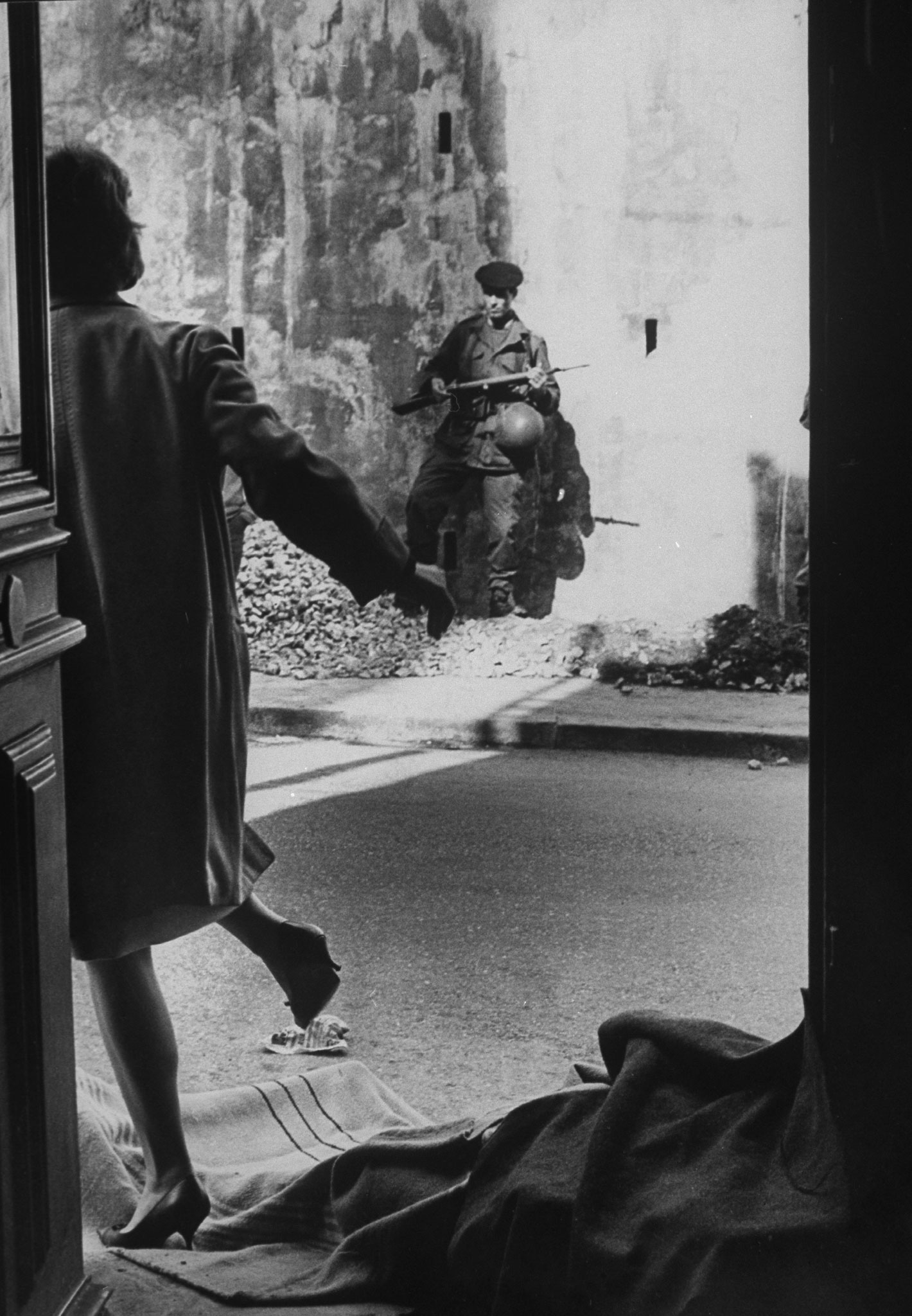
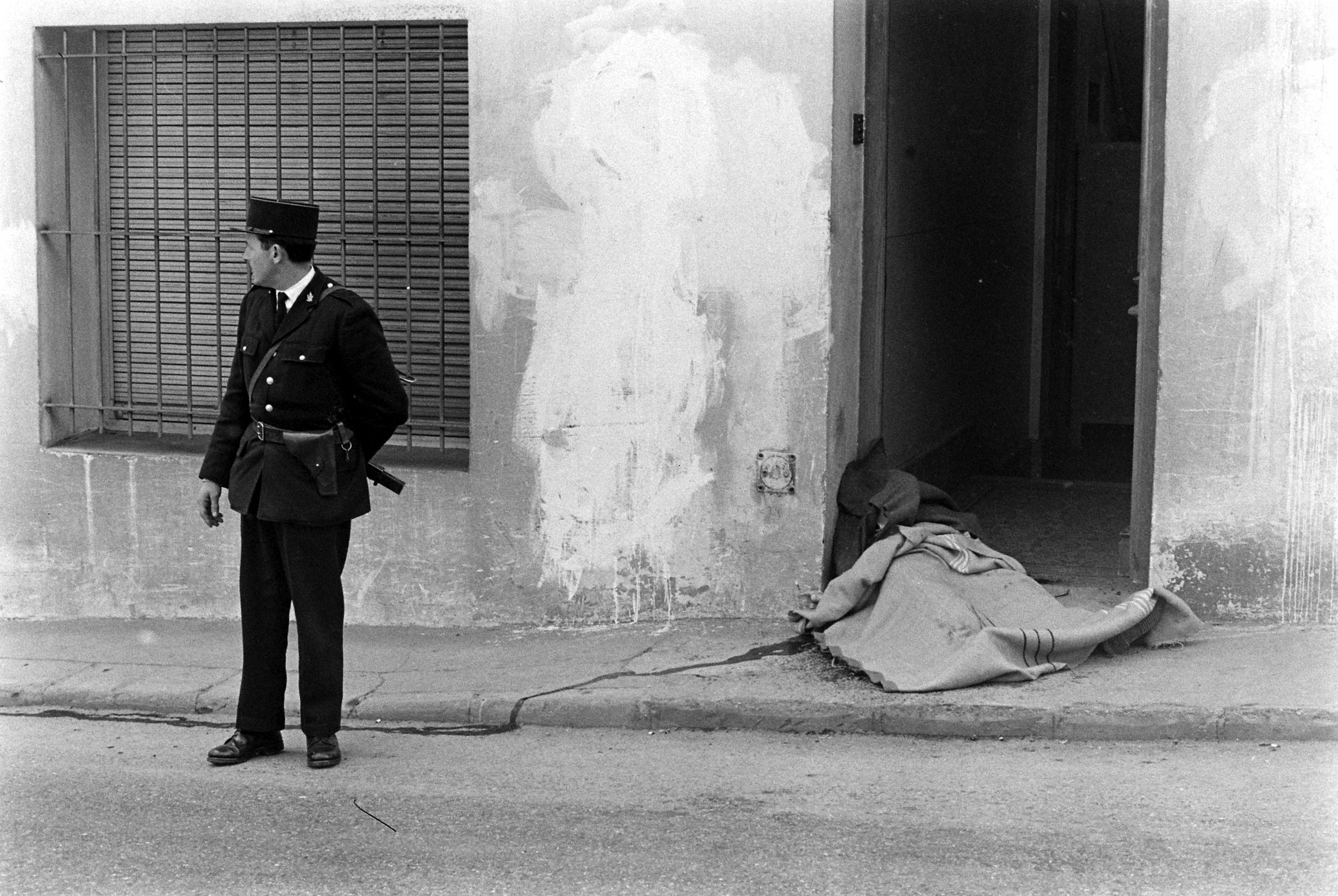
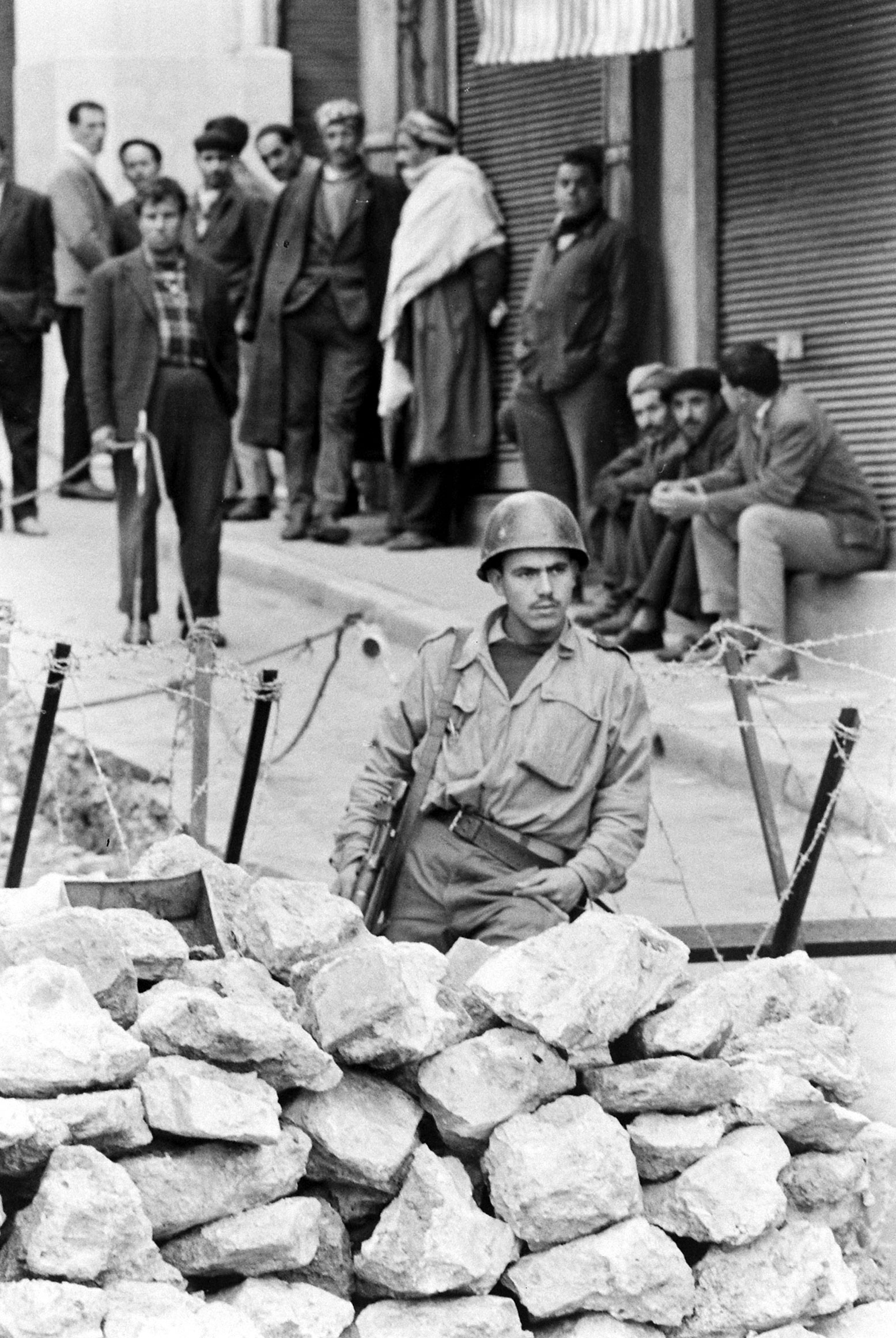
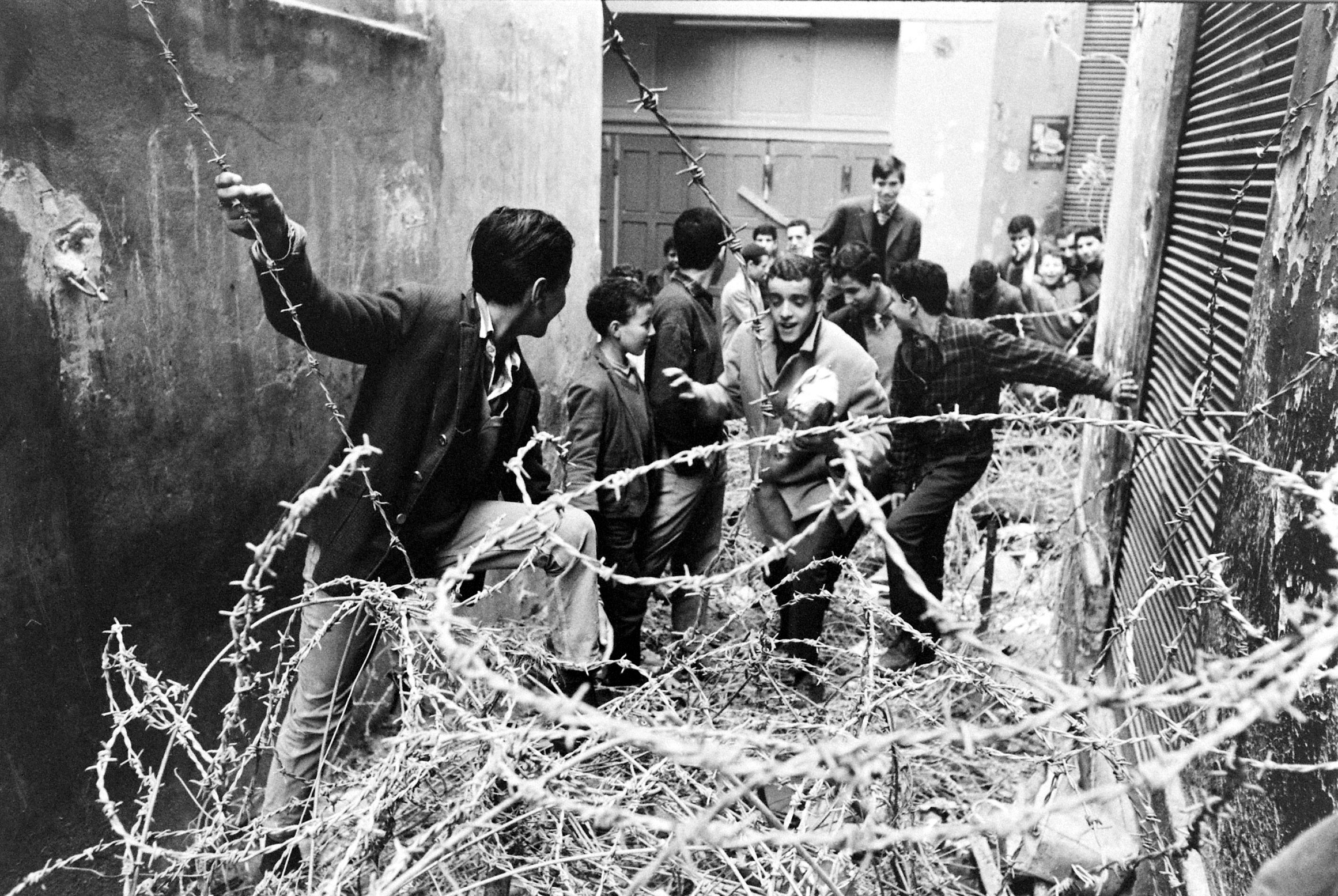
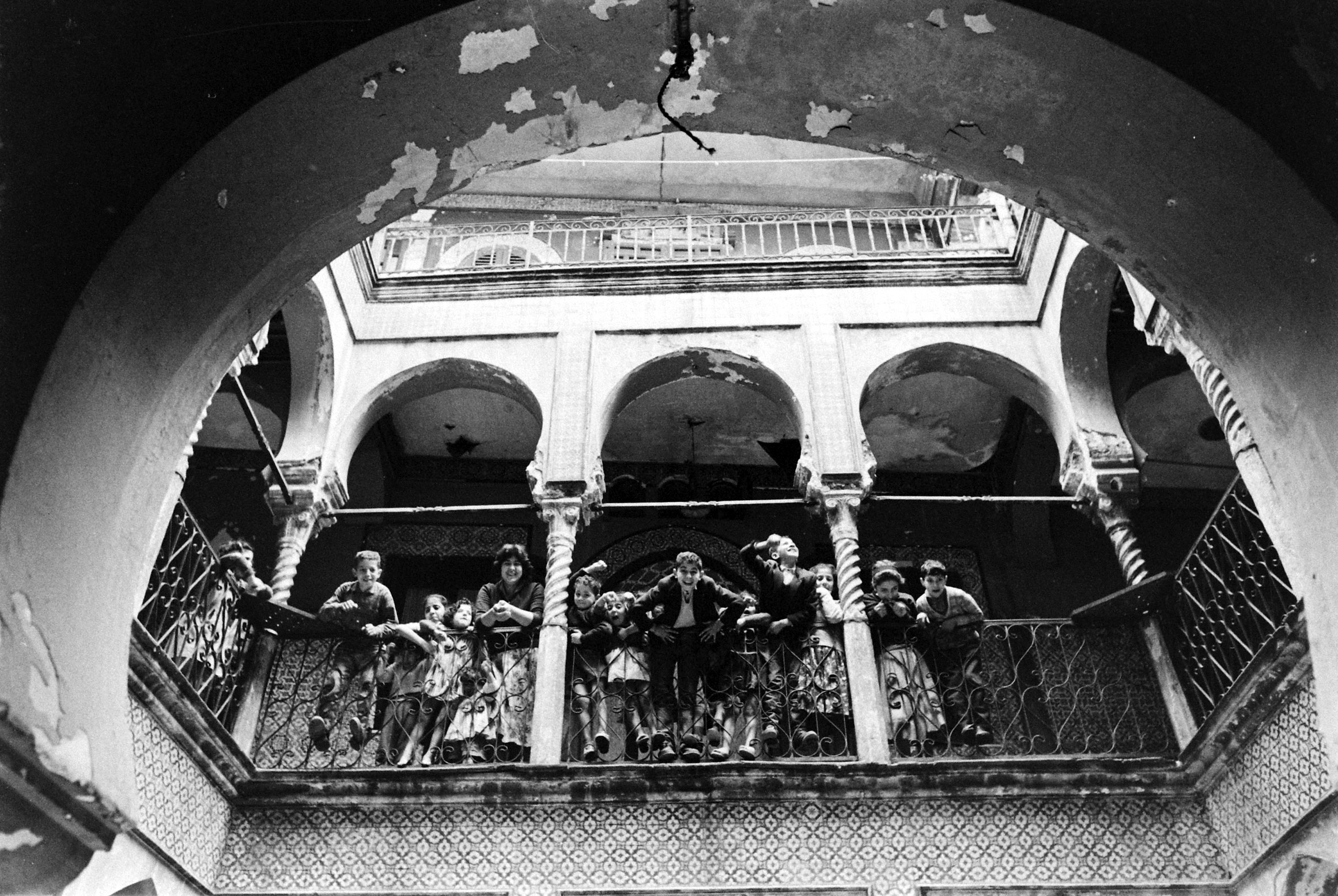
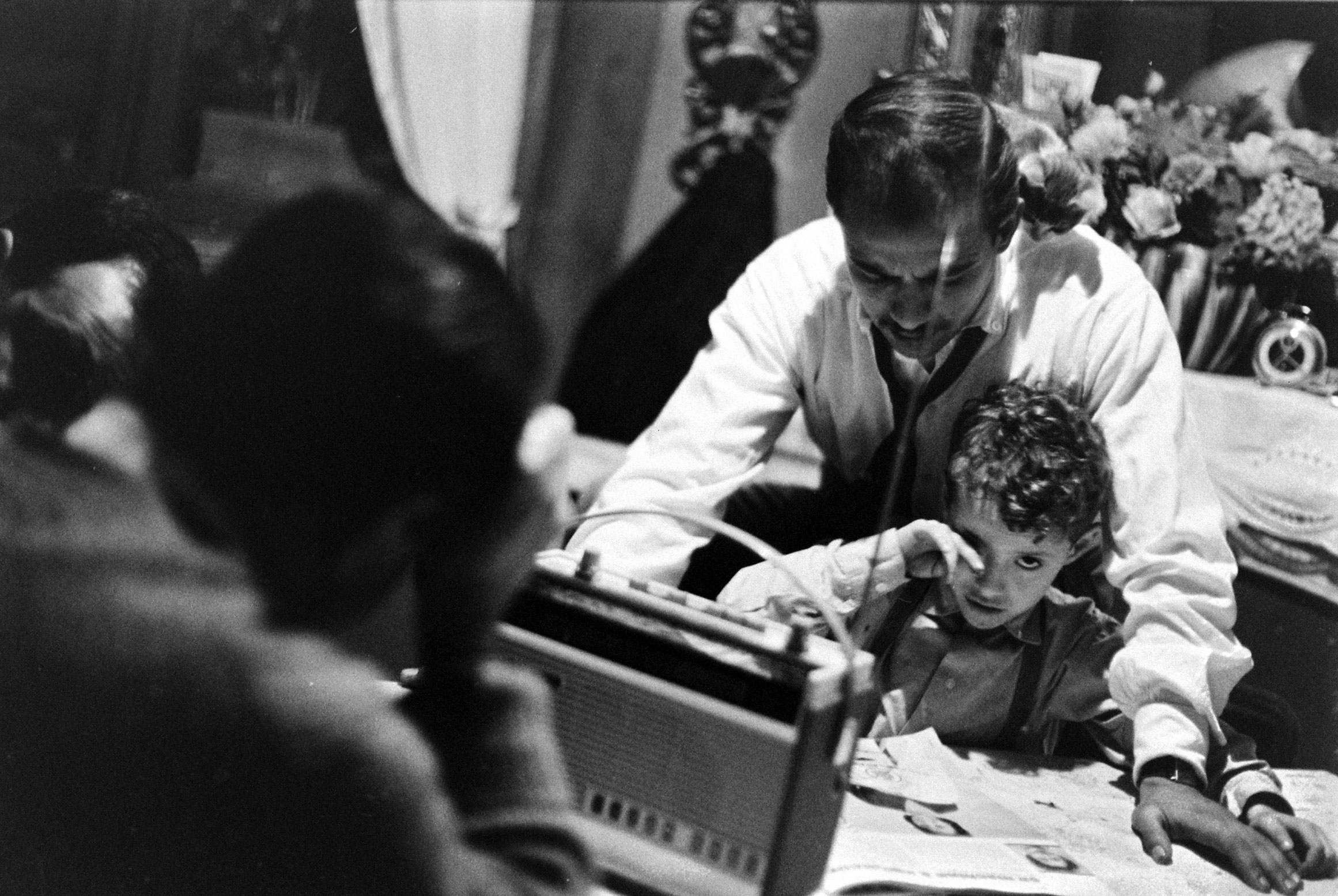
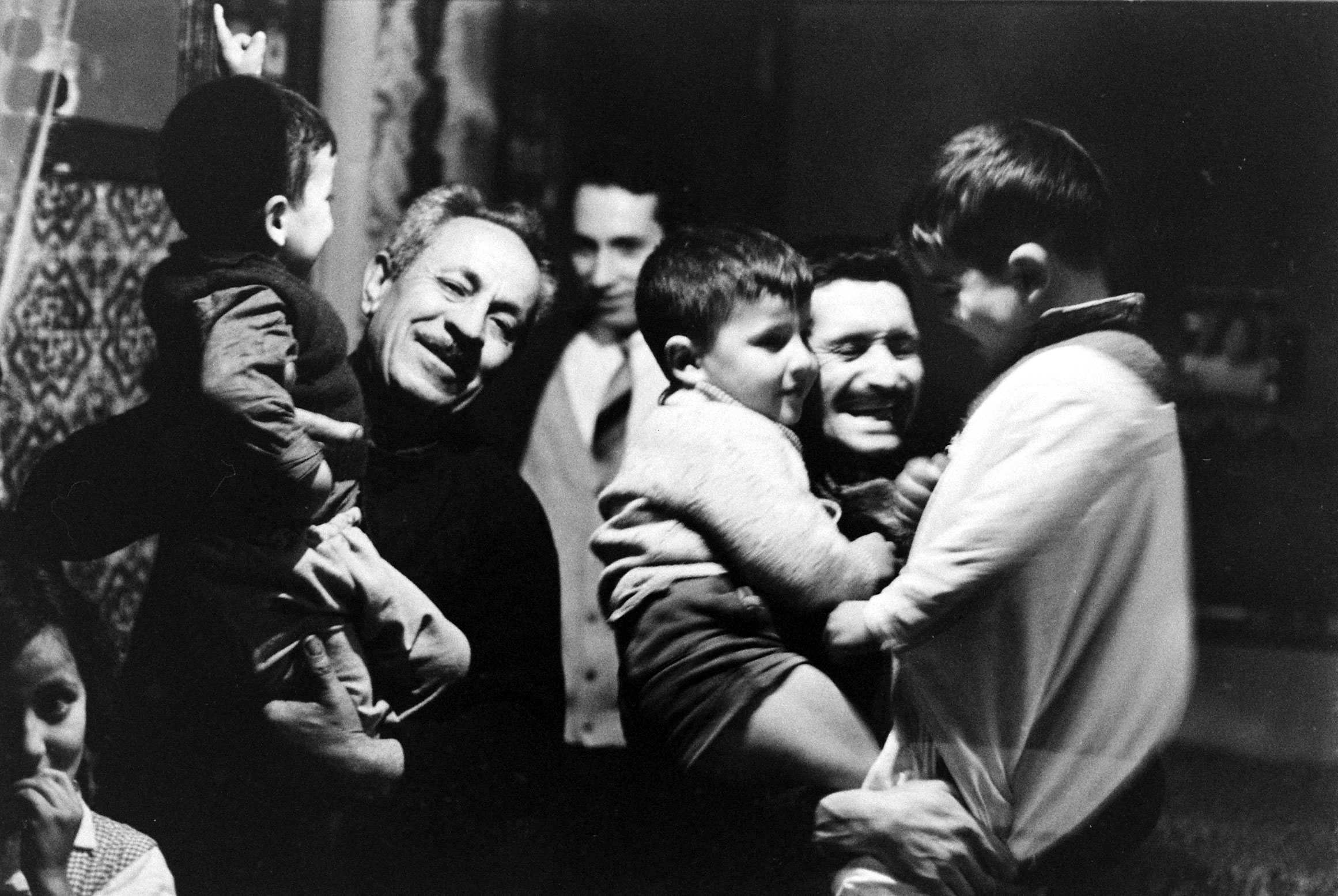
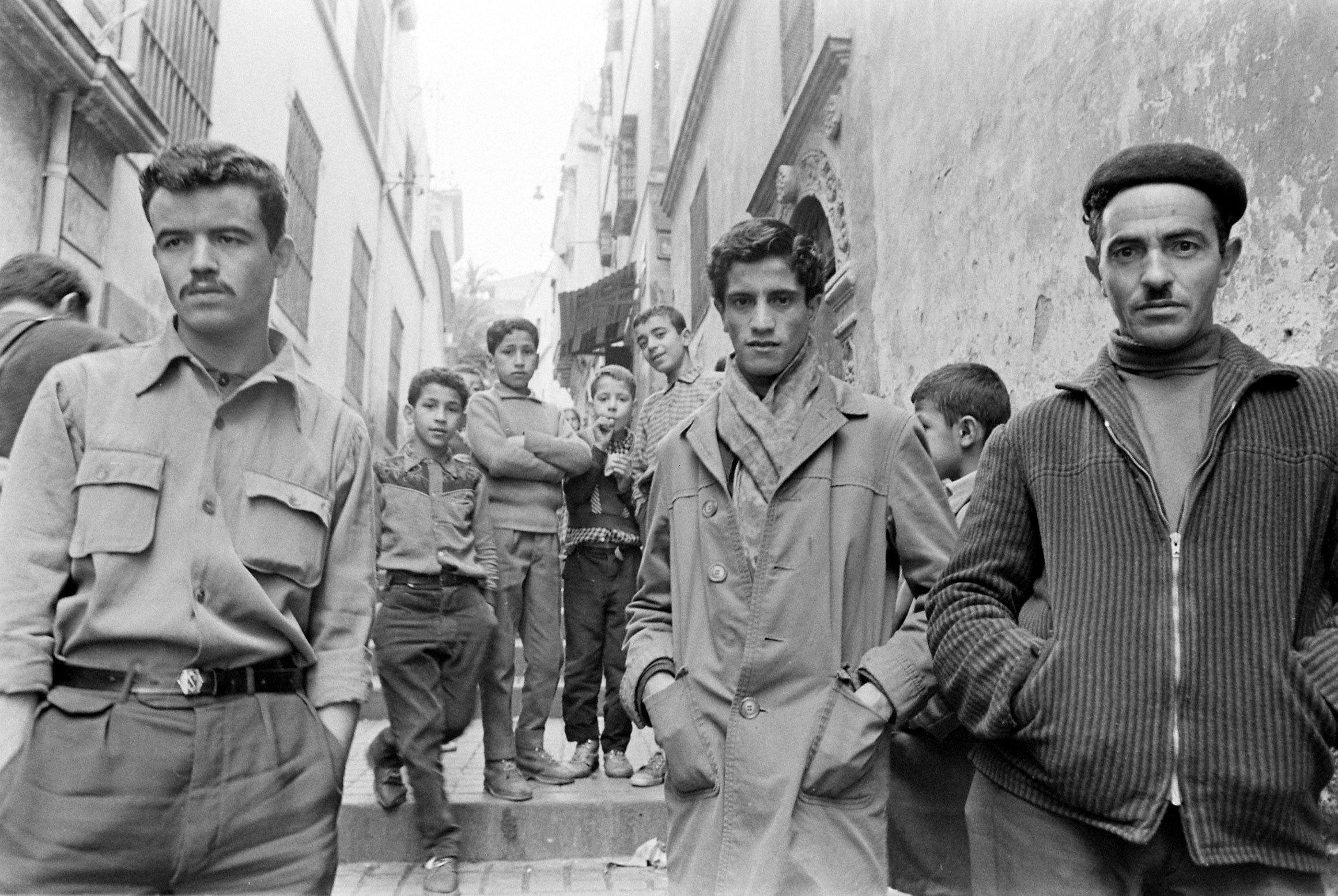
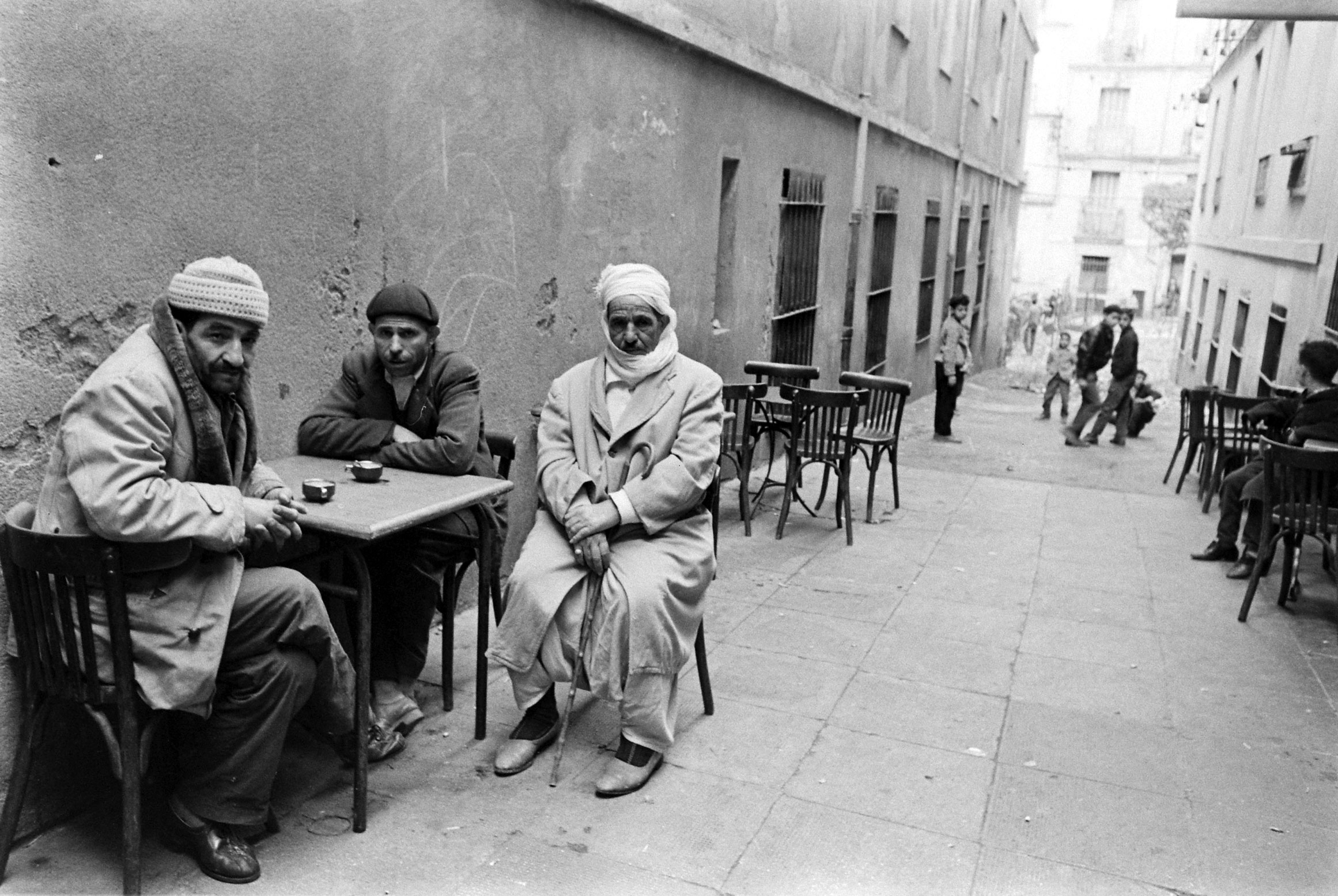
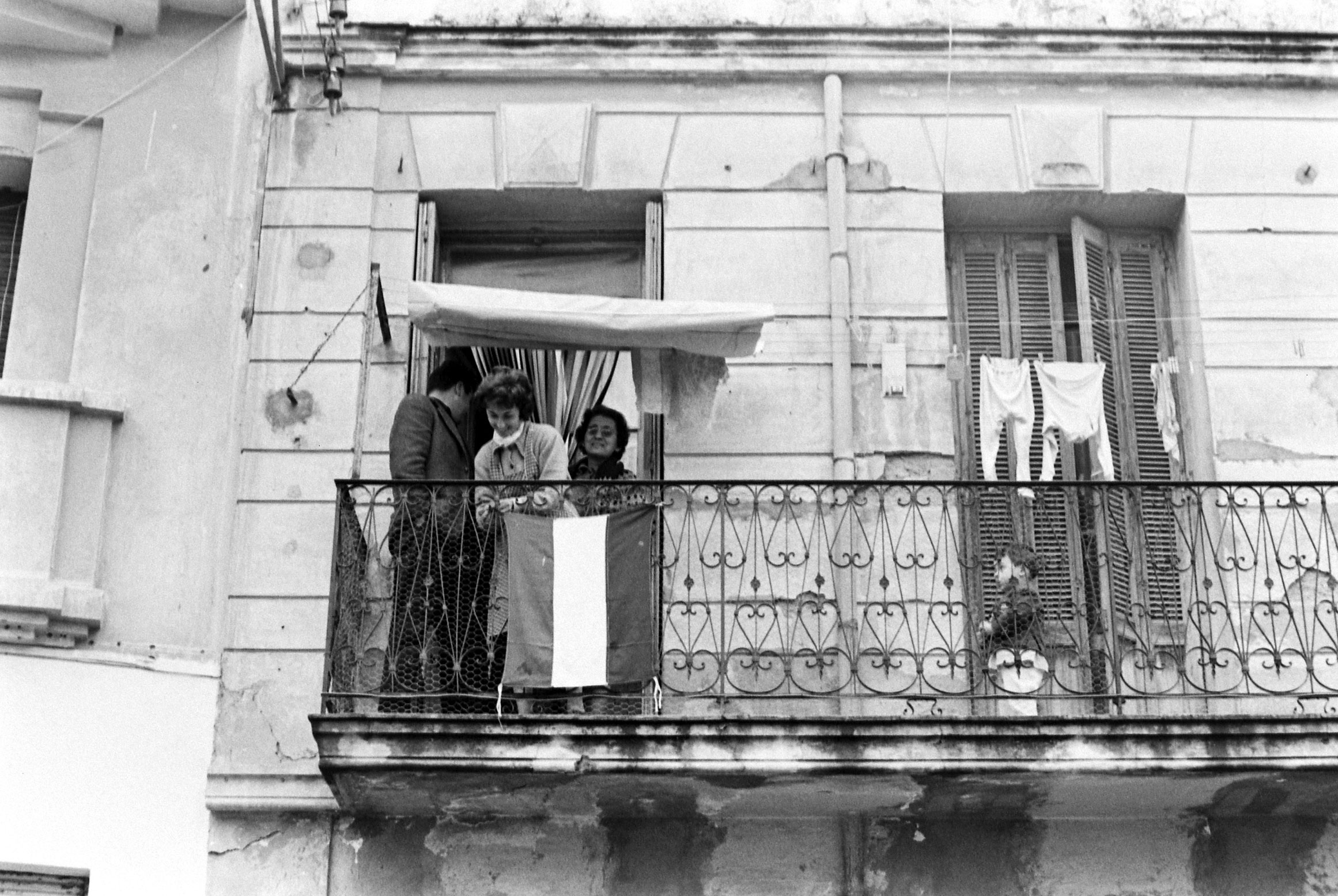
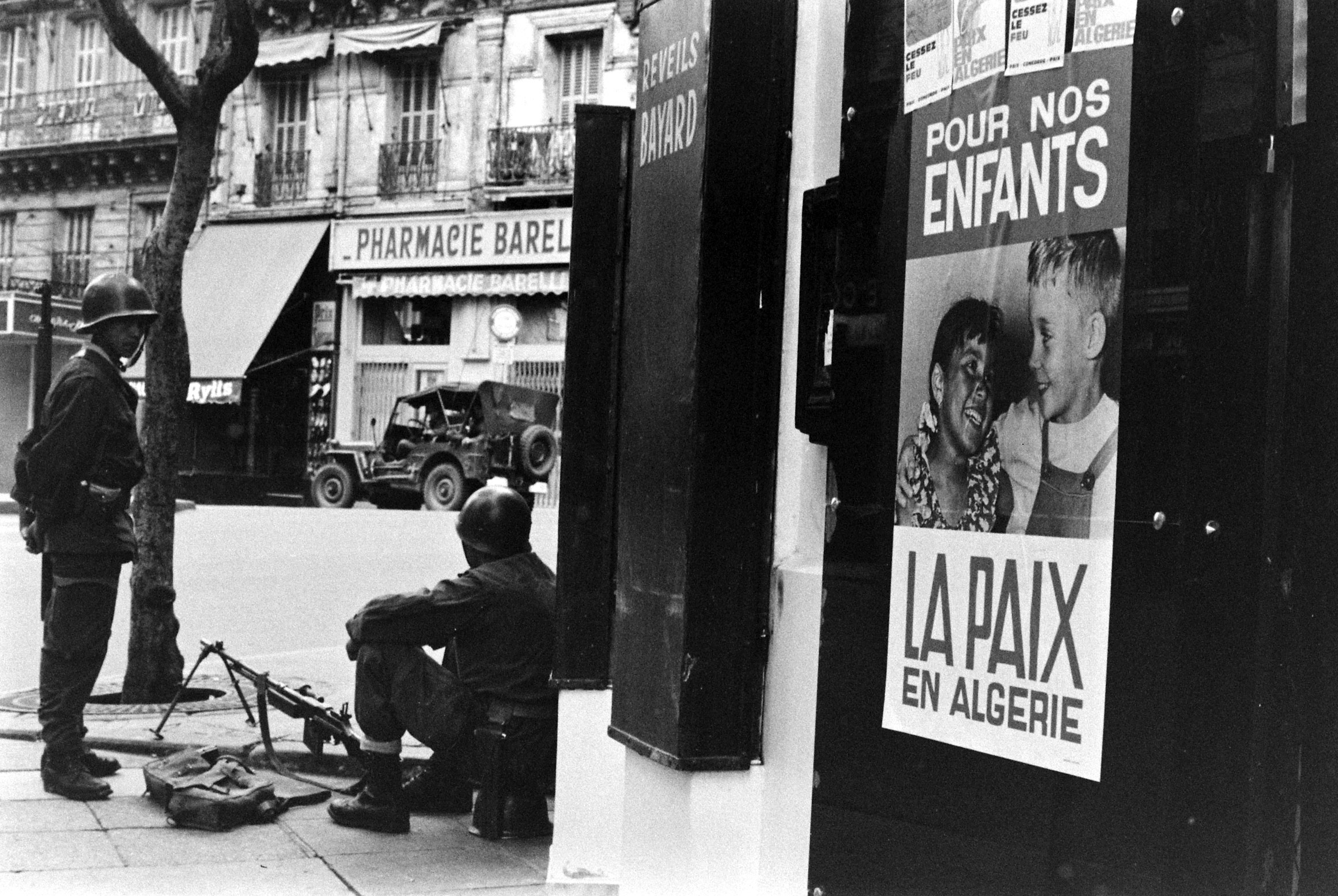

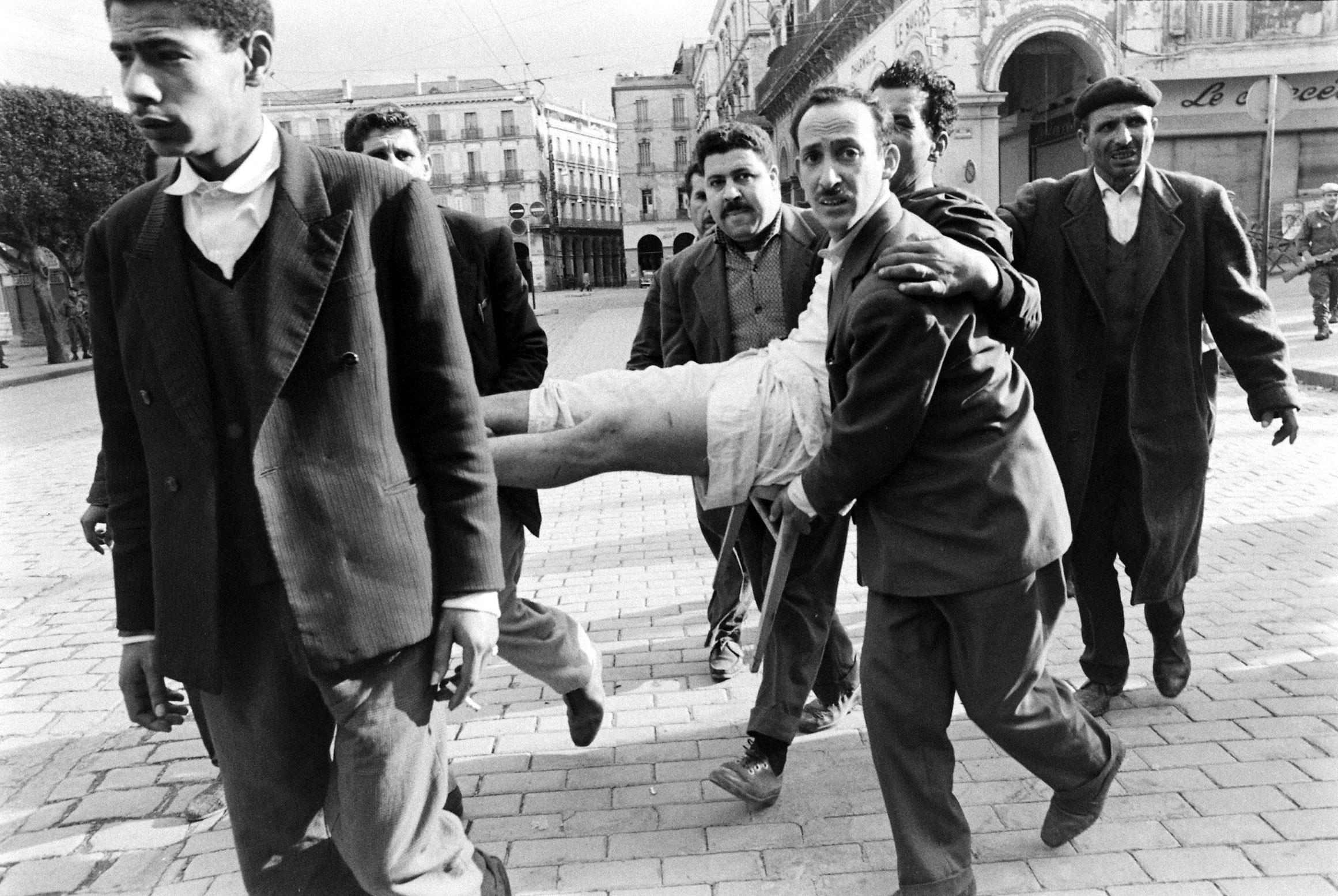
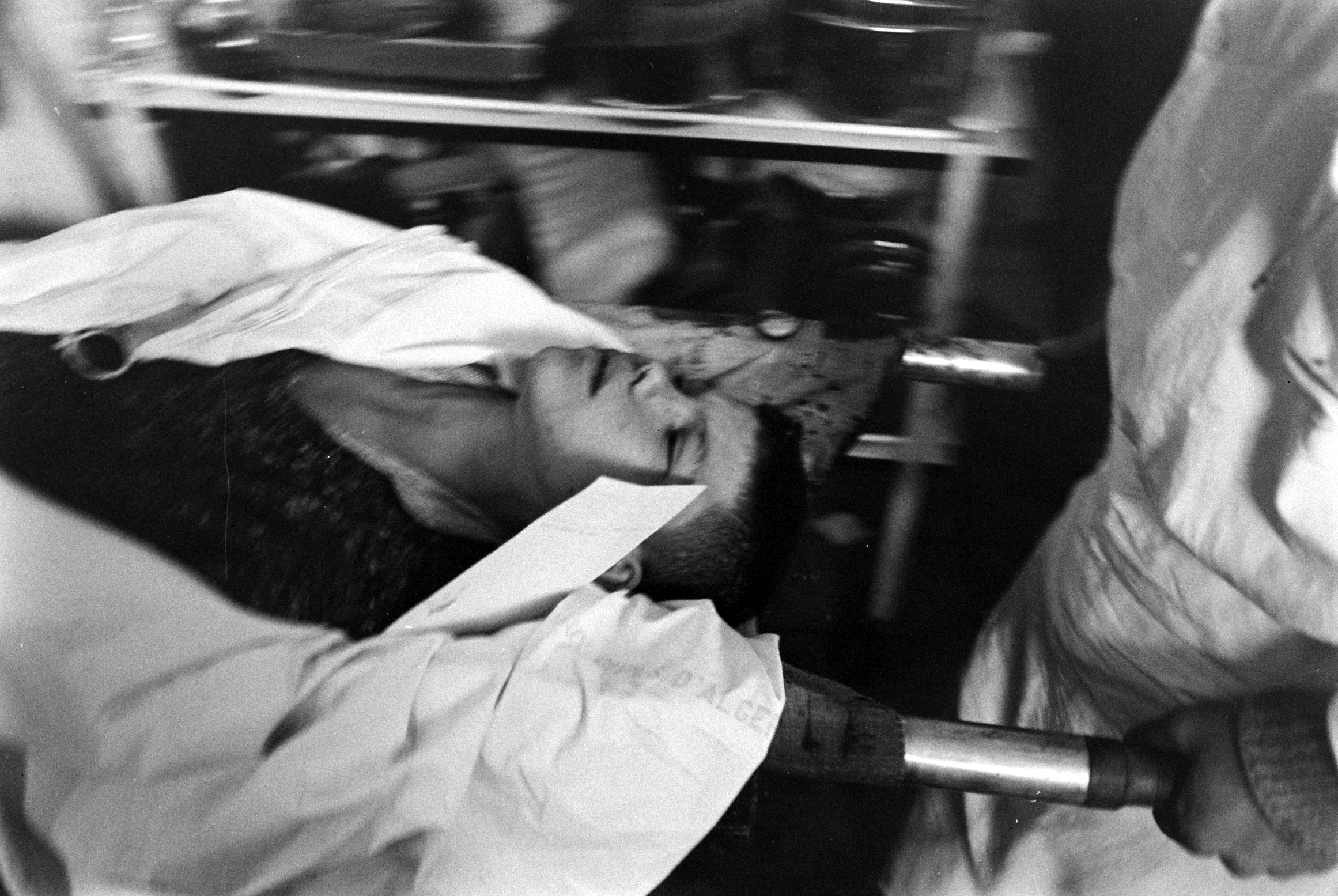
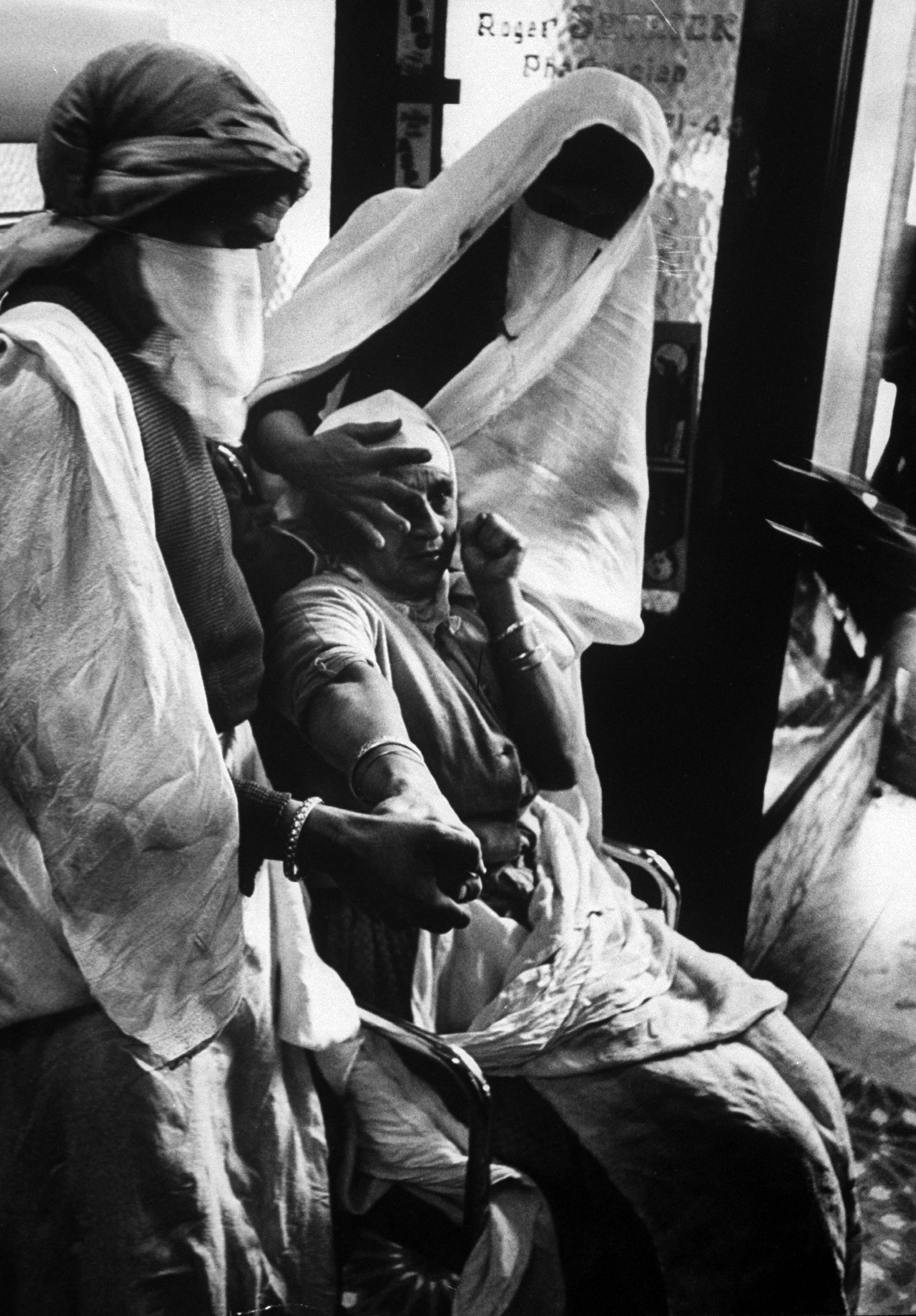
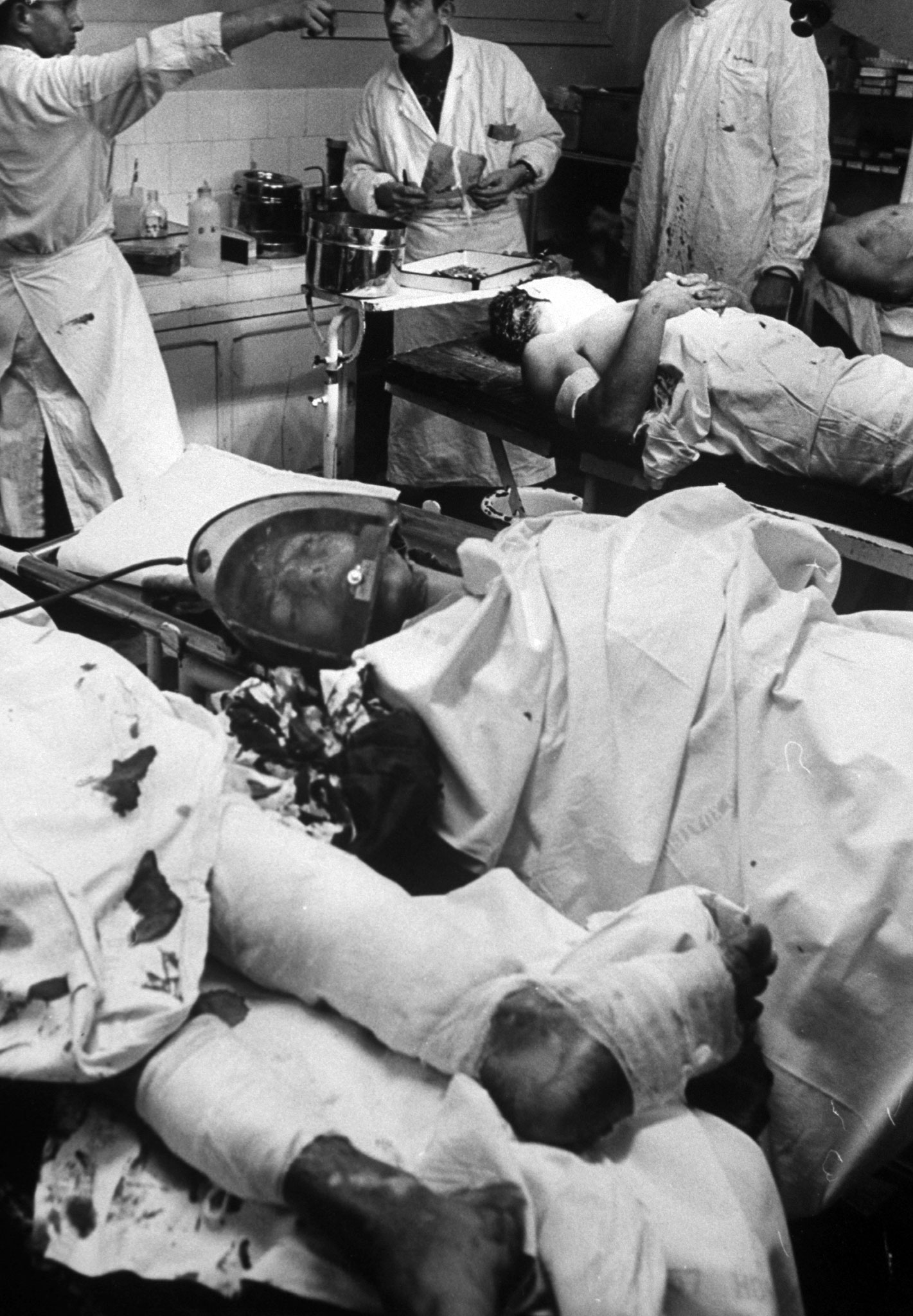
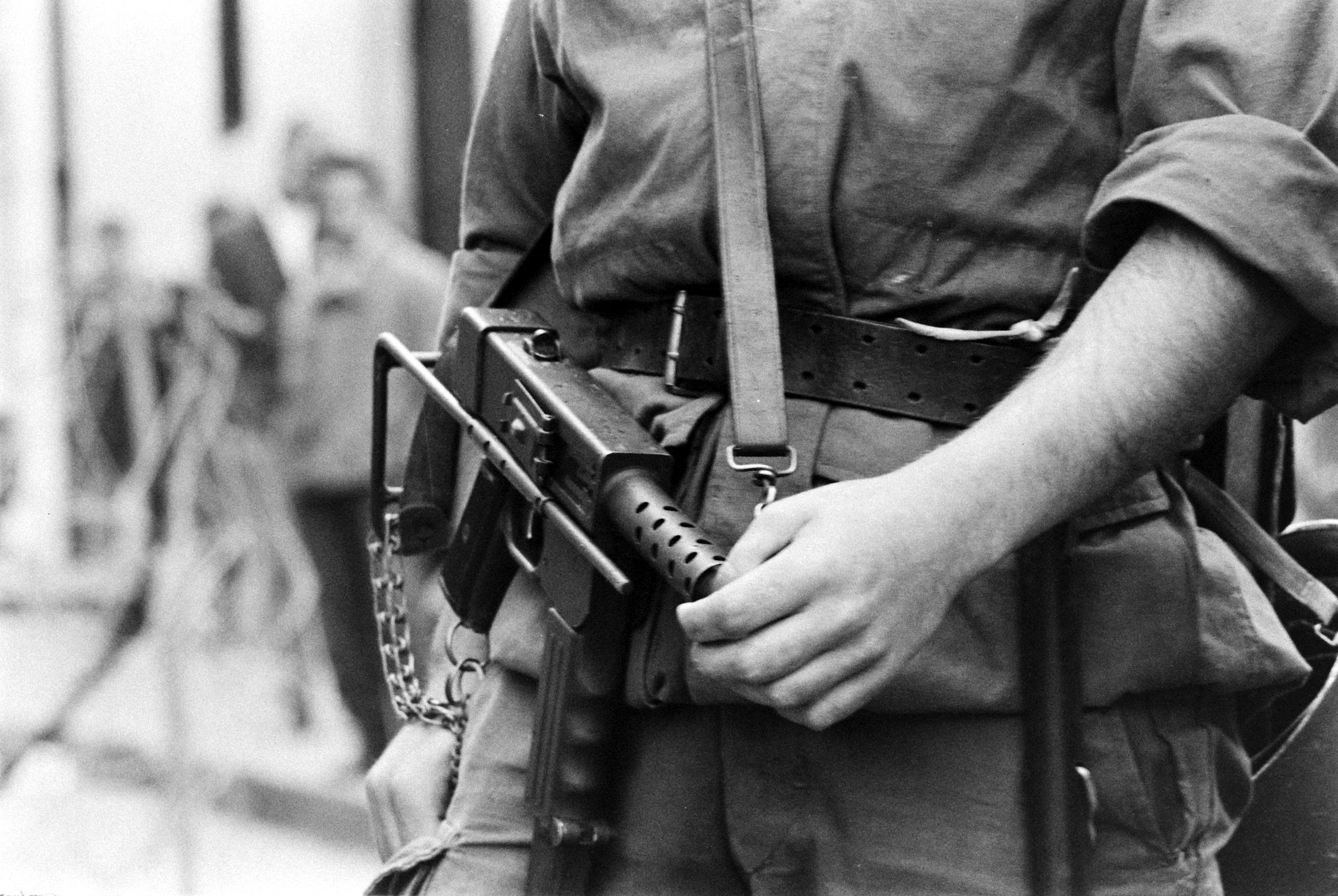
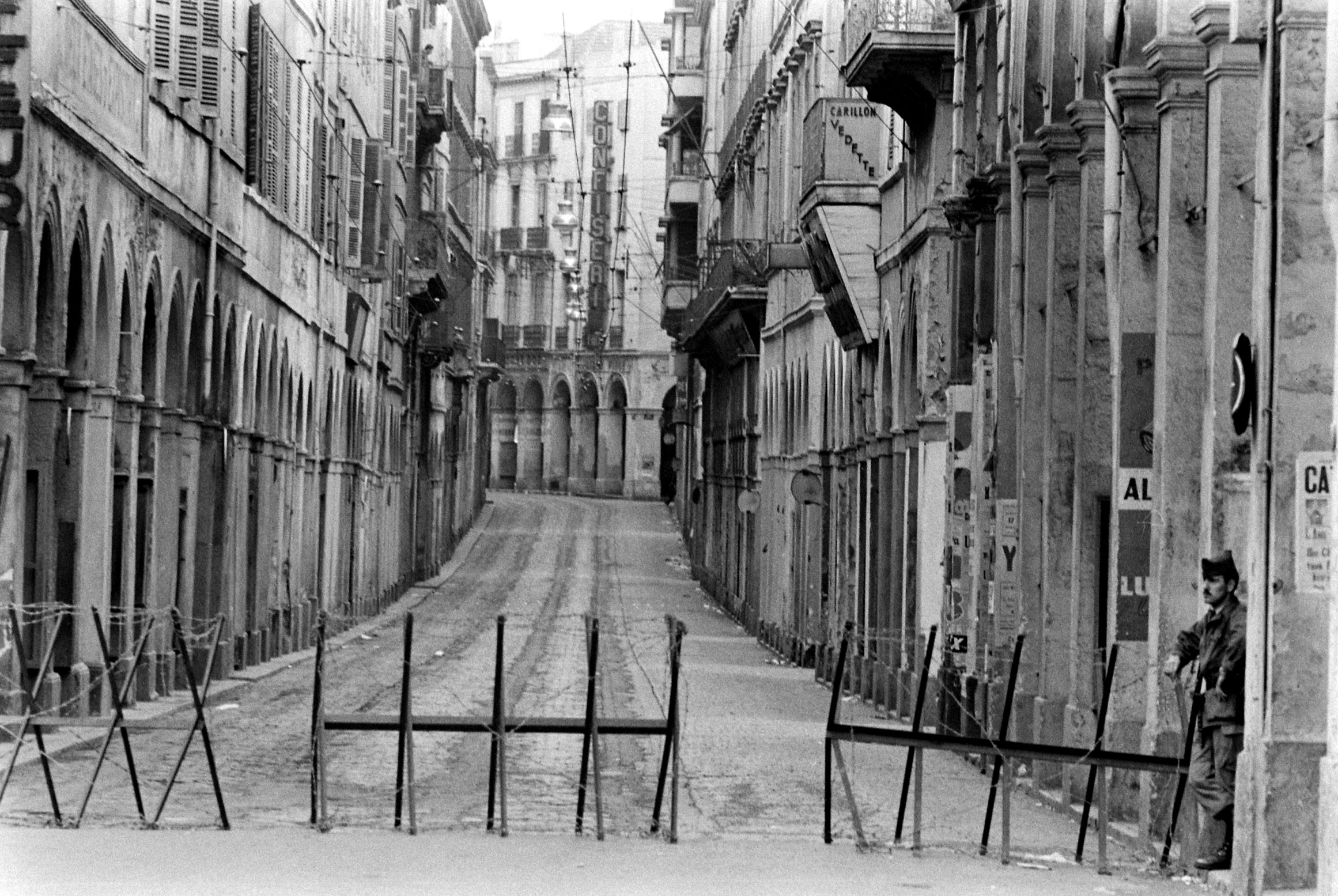
More Must-Reads from TIME
- Why Biden Dropped Out
- Ukraine’s Plan to Survive Trump
- The Rise of a New Kind of Parenting Guru
- The Chaos and Commotion of the RNC in Photos
- Why We All Have a Stake in Twisters’ Success
- 8 Eating Habits That Actually Improve Your Sleep
- Welcome to the Noah Lyles Olympics
- Get Our Paris Olympics Newsletter in Your Inbox
Write to Eliza Berman at eliza.berman@time.com